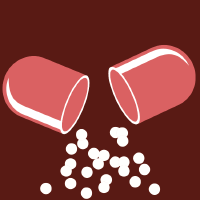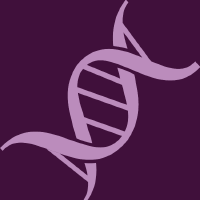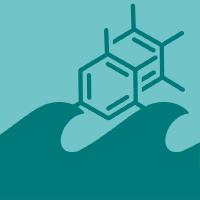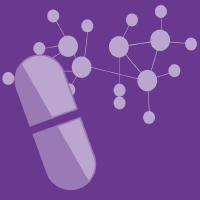Topic Menu
► Topic MenuTopic Editors

Compounds with Medicinal Value (2nd Volume)
Topic Information
Dear Colleagues,
This Topic is the second volume in a series of publications dedicated to “Compounds with Medicinal Value” (https://www.mdpi.com/topics/Compounds_Medicinal_Value).
In industrialized countries over the last few decades, there has been a significant increase in infectious, cardiovascular, inflammatory and neurodegenerative diseases, as well as different forms of cancer, diabetes, and so on.
Among them, microbial and viral infections and cancer are still the major causes of these issues worldwide due to increased bacterial resistance and the development of resistance to chemotherapeutics. For these reasons, there is an urgent need to design and synthesize new antiviral and antimicrobial agents, particularly those that are active against Gram-negative pathogens, that could be useful in fighting drug resistance. There is also a high demand for new antineoplastic drugs with higher selectivity on tumoral cells able to overcome cancer cells’ resistance with minimal side effects.
Furthermore, some delivery systems have proved effective as antimicrobial, antiviral and anticancer carriers due to targeted drug delivery at the action sites, reduced drug resistance and side effects and an increased therapeutic index.
Recently, many molecules of natural origin and extracts have also proved to be valuable tools.
Potential topics for manuscripts submitted to this Topic include the following:
- The design, synthesis and biological evaluation of anticancer agents;
- The design, synthesis and biological evaluation of antimicrobial agents;
- The design, synthesis and biological evaluation of antiviral agents;
- Molecules of natural origin and extracts with antitumoral, antiviral and antimicrobial properties;
- Delivery systems and nanosystems for targeted anticancer, antimicrobial and antiviral therapies.
Prof. Dr. Maria Stefania Sinicropi
Topic Editor
Keywords
- molecular modeling
- synthesis
- anticancer compounds
- antimicrobial compounds
- targeted therapy
- antivirals
- molecules of natural origin and extracts
- delivery systems
Participating Journals
| Journal Name | Impact Factor | CiteScore | Launched Year | First Decision (median) | APC |
|---|---|---|---|---|---|

Antibiotics
|
4.8 | 5.5 | 2012 | 13.7 Days | CHF 2900 |

Biomolecules
|
5.5 | 8.3 | 2011 | 16.9 Days | CHF 2700 |

International Journal of Molecular Sciences
|
5.6 | 7.8 | 2000 | 16.3 Days | CHF 2900 |

Marine Drugs
|
5.4 | 9.6 | 2003 | 14 Days | CHF 2900 |

Pharmaceuticals
|
4.6 | 4.7 | 2004 | 14.6 Days | CHF 2900 |

MDPI Topics is cooperating with Preprints.org and has built a direct connection between MDPI journals and Preprints.org. Authors are encouraged to enjoy the benefits by posting a preprint at Preprints.org prior to publication:
- Immediately share your ideas ahead of publication and establish your research priority;
- Protect your idea from being stolen with this time-stamped preprint article;
- Enhance the exposure and impact of your research;
- Receive feedback from your peers in advance;
- Have it indexed in Web of Science (Preprint Citation Index), Google Scholar, Crossref, SHARE, PrePubMed, Scilit and Europe PMC.

